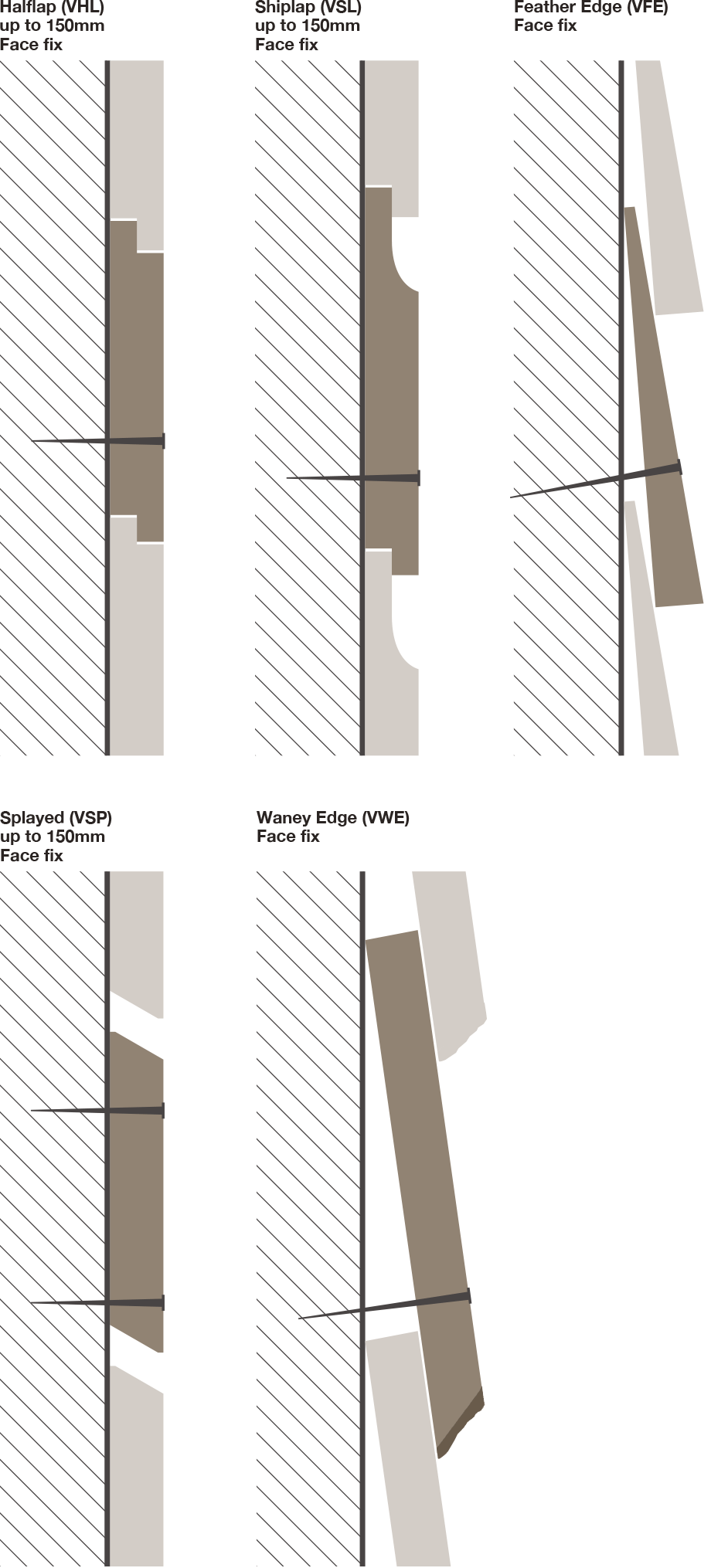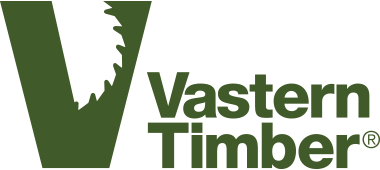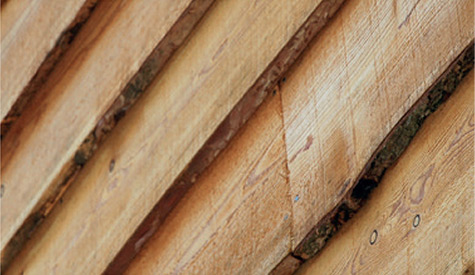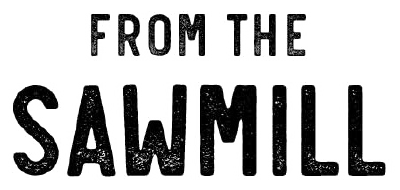Buying Larch Cladding
Larch cladding is an excellent choice for both traditional and modern buildings. Being naturally durable and tough, larch boards installed externally will last for over 30 years. Siberian larch is no longer available, but we continue to offer a wide range of cladding products cut from locally grown British larch. Choose from sawn and machined profiles including feather edge, waney edge, shiplap and halflap. We can give you all the information and advice you need to confidently make the right choice.
Google Reviews
Larch Cladding Features
Larch is a fantastic wood species, grown in the UK and ideal for external cladding. Larch wood is hard and naturally durable, making it a good choice for exposed areas or for buildings that need a tough exterior.
Being relatively cheap compared to cedar and hardwoods, larch boards are a good option if your budget is tight. From as little as £15 / M2 + VAT larch offers an affordable cladding option that will last.
Larch feather edge and larch waney edge cladding are popular choices for traditional buildings and agricultural conversions, while smooth machined larch profiles such as halflap and splayed are favoured for cleaner lines on contemporary buildings.
British grown larch is a characteristically knotty wood, although we do offer a selected A grade for those who want fewer knots in their cladding.
Larch Cladding
Suitable for external use without coatings or treatment.
Call us to discuss your cladding project
Find Out More
View case studies with larch cladding, or watch our video comparing British and Siberian Larch.
RESOURCE CENTRE
Comparing British and Siberian larch cladding
Know what you want?
Performance
Larch cladding is naturally durable, tough and relatively cheap. The resins within larch protect the wood against decay and if fitted correctly larch boards will last for more than thirty years without any chemical treatment or coatings.
Because larch is hardwearing it is ideal for locations that may suffer from physical damage caused by weather or people. This resistance to wear and tear also makes larch suitable for exterior decking.
It is important to consider that larch is an unstable timber. By this, we mean that the larch boards will shrink and expand through the year and may also distort or cup.
Providing you follow our installation advice and specifically fix the boards with room to expand, larch cladding will perform very well and last many years with no maintenance.
Like all wood species the colour of larch will fade when exposed to the elements and over time weathered larch cladding will turn grey. Compared to other species, larch tends to weather down quite slowly, commonly taking more than two years to turn fully grey.
Grades of
larch cladding
Grade A Larch – Occasional sound knots up to 30mm. Many boards will have no knots at all.
Grade B Larch – Frequent sound knots up to 50mm along all boards. Wet British larch used for rustic products such as waney edge and feather edge are always produced from Grade B logs and as such will be knotty.
Larch cladding
prices per M2
Prices for larch cladding vary from approximately: £15 / M2 + VAT for waney edge and feather edge boards to £55 / M2 +VAT for Grade A larch shiplap.
Larch cladding price list
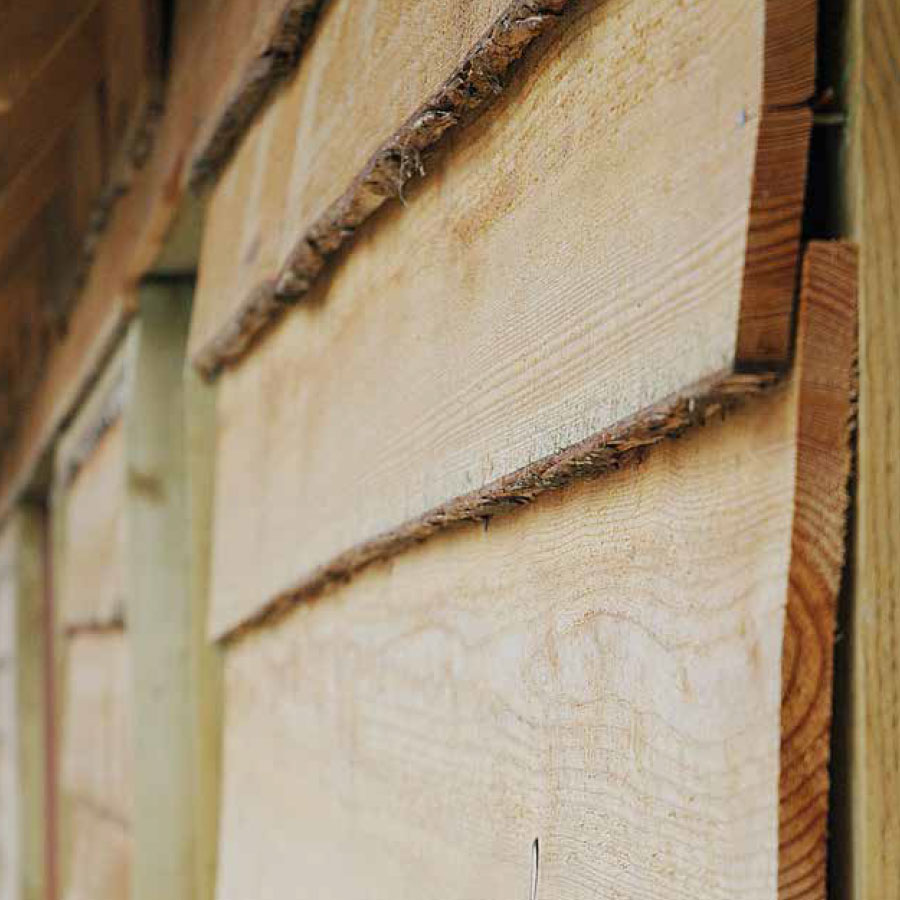
Larch cladding
profiles
Because larch is an unstable wood we recommend simple overlapping profiles such as halflap (VHL), shiplap (VSL) and splayed (VSP). We specifically advise against tongue and groove (VTG) profiles for larch cladding and especially profiles that allow for secret fixing. Larch is too unstable and strong for such delicate fixing details.
For wet British larch cladding we offer sawn cladding profiles such as waney edge (VWE), feather edge (VFE) and square edge (VSE).
View our full range of cladding profiles
Call us to discuss your cladding project
How to fix your larch cladding
Larch boards can be installed vertically or horizontally, but be sure to select the appropriate profile. Vertical larch cladding will require a double battening system, while horizontal larch cladding only requires a single battening system.
As with all cladding it is important that you follow some basic rules. Take some time to browse through the Resource Centre. If in doubt give us a ring and we will do our best to answer your questions.
Always fix larch cladding boards directly through the face of the cladding boards with ring shank nails or screws. Because larch is unstable we strongly recommend that you avoid installing the boards using hidden fixings.
Only use stainless steel nails or screws to fix your larch cladding boards to avoid staining and corrosion. Always leave an expansion gap of at least 2mm between profiled boards.
We recommend that you do not install wet sawn larch during the summer months because it is likely to distort and split. Dry larch can be installed year round but ideally it is better to do so during the cooler months.
We can supply the correct fixings with your cladding.
